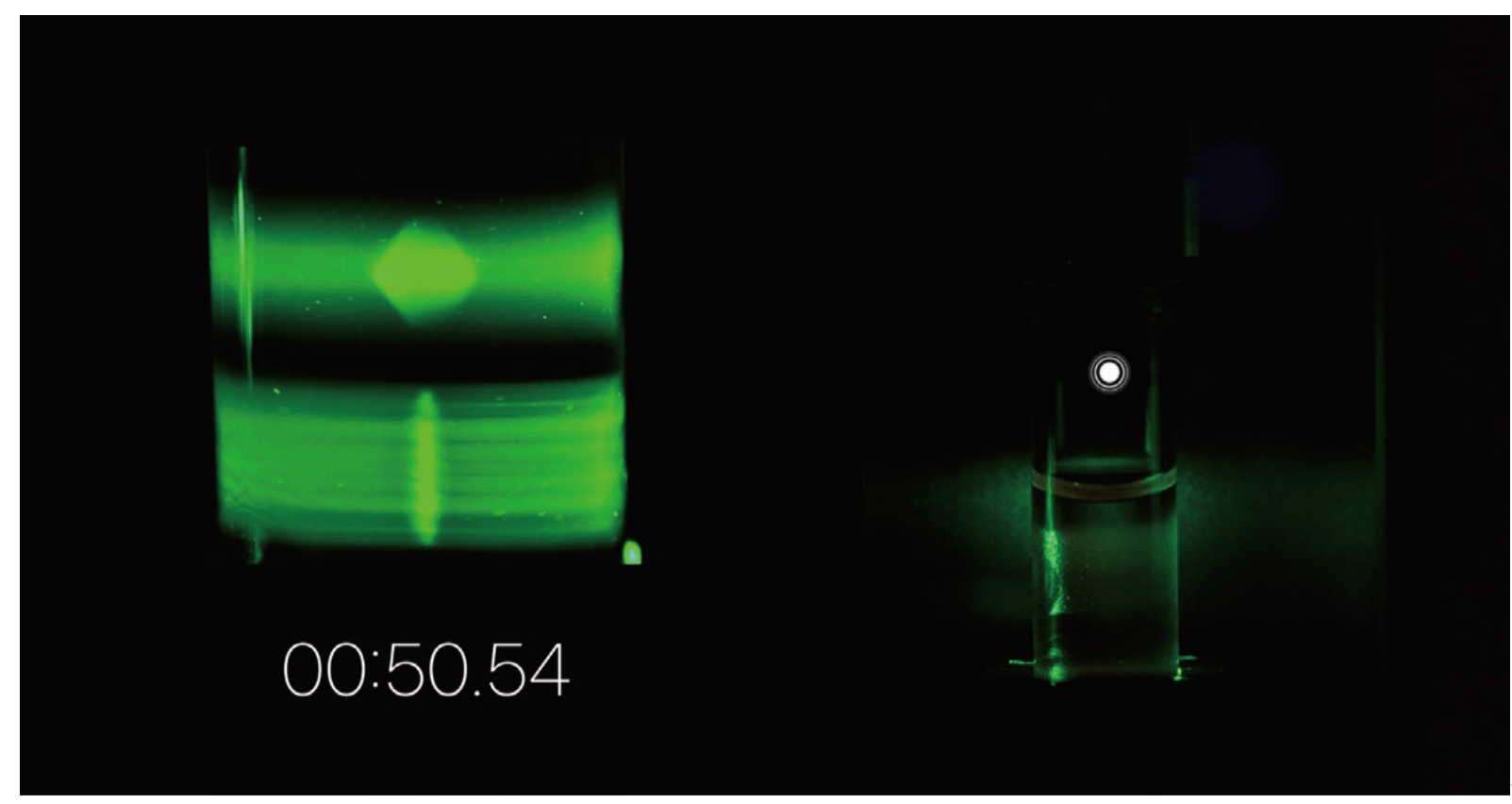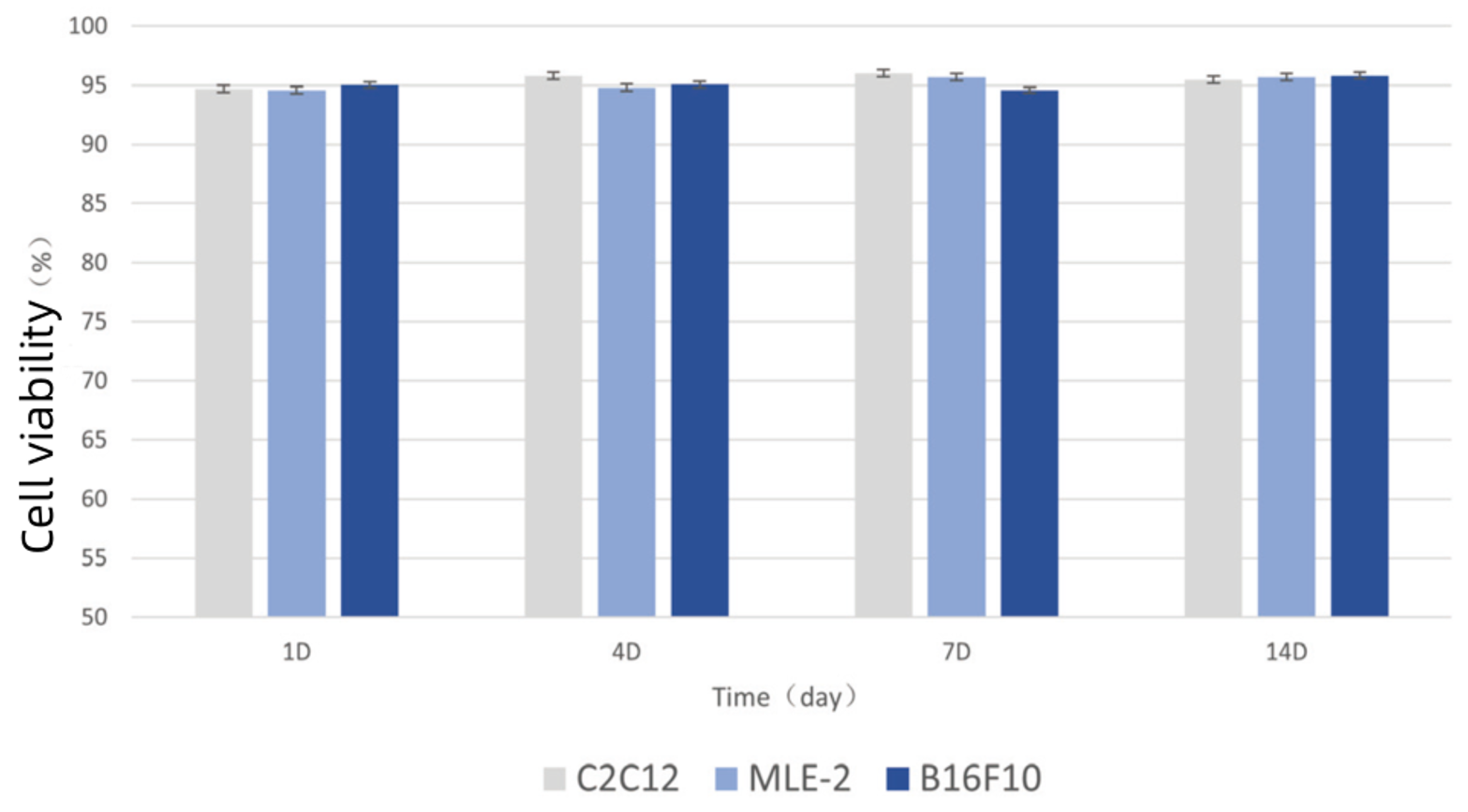3D bioprinter
3D bioprinting is poised to become a key technology for future organ manufacturing, and one critical factor for successful organ 3D printing is the use of high-concentration, high-viability cells. The fully automated fluorescence cell counter Tuger is employed to analyze cell samples before bioprinting and cells within the printed three-dimensional models. This analysis is of significant importance for producing high-quality 3D models and evaluating the impact of the 3D bioprinting process on cell viability.

Target:
Cell viability of cells dissociated from different tissues and cells within 3D models printed by the 3D bioprinter was assessed using a fluorescence cell counter. The results verified that the volumetric bioprinter’s non-contact, LED visible light photopolymerization printing causes minimal cell damage.
Experimental scheme:
1、Different tissues were separately dissociated into cell samples: C2C12 cells, MLE-2 cells, and B16F10 cells;
2、All cell samples were analyzed using the fully automated fluorescence cell counter Tuger. Cell suspensions were prepared at a concentration of 1×107 cells/mL with viability above 95%.
3、The bioink was thoroughly mixed with the cell samples and placed into the ultrafast high-viability 3D volumetric bioprinter, where the 3D cell model was printed within 2 minutes.;
4、Cell viability was assessed after culturing the 3D cell models for 1, 4, 7, and 14 days to evaluate the impact of the 3D volumetric bioprinter on cell viability.
Result:

3D printing cell model process

3D bioprinting cell viability test results after 1 day, 4 days, 7 days, and 14 days
Conclusion:
The fluorescence cell counter provides high-viability and high-concentration cell samples for 3D bioprinting. The ultrafast high-viability 3D volumetric bioprinter can rapidly print 3D cell models within mere tens of seconds, causing minimal cell damage during the printing process. It is suitable for printing various cell types and enables the rapid construction of intricate and complex organoids.

National Advisory Service Hotline
Sales consultation: +86 15322248165(Whatsapp/Wechat)
E-mail:global@newtonoptic.com
R & D Center: Room 301, Floor 1, Building 1, No.38 Gaopu Road, Tianhe District, Guangzhou City, Guangdong Province

Follow Wechat Official Account
©2024 Guangzhou Newtonoptic Research Institute Co., Ltd. All rights reserved


